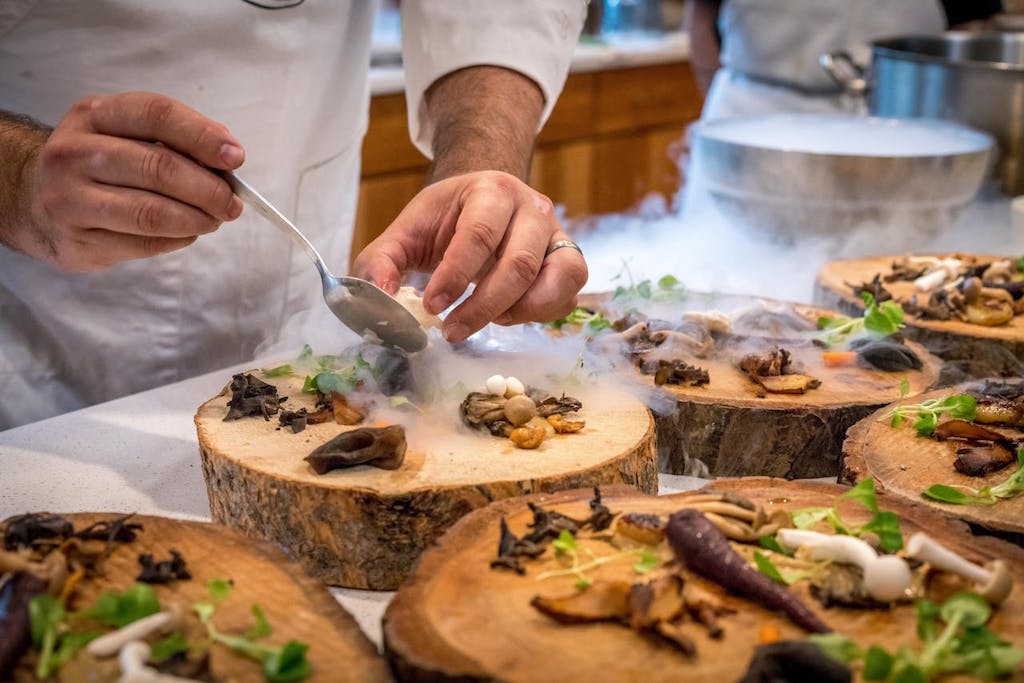What is a food safety inspection checklist?
A food safety inspection checklist is a vital tool in ensuring excellent food safety and hygiene practices. Having a centralized digital checklist allows managers and workers to easily understand what tasks have already been completed, along with establishing standardized hygiene practices. It’s important to use a food safety inspection checklist to reduce the possibility of any food-borne illnesses.
Why do you need a food safety inspection checklist?
Using a food safety inspection checklist is a powerful way to ensure that food safety standards are being met. Any potential safety issues can be identified and resolved before any unsafe food is served by using a food safety inspection checklist.
Managers or quality personnel should monitor checklist activity regularly to ensure that workers are documenting the completion of tasks. Having completed checklists is important when your establishment is audited.
What should a food safety inspection checklist include?
There are several elements that go into serving safe food. An ideal food safety inspection checklist will cover every type of food that is being served or processed, along with general information to keep the area hygienic.
Key components of a food safety inspection checklist
- Ensure cleanliness
- Store safely
- Establish cooking standards
Ensure cleanliness
Harmful microorganisms can be found in soil, water, animals, and people. If contaminated, customers can become sick and your restaurant may be fined. A food safety inspection checklist should contain everything a worker needs to know in order to stay clean throughout their shift. The checklist should include hand washing times, surface disinfecting practices, and ensuring the kitchen does not have any pests.
Store safely
All food should be separated by “cooked” and “raw.” Raw food, especially meats, can contaminate cooked food and create unsafe conditions. Food should be stored at the appropriate temperatures as dictated by local regulations. A food safety inspection checklist can ensure that food is being stored properly by directing a manager to inspect food storage areas.
Establish cooking standards
All food should be thoroughly cooked to ensure that all harmful microorganisms have been eliminated. Meats, eggs, seafood, and poultry require special attention when being cooked to ensure that the food is safe for consumption. Soups should reach a boil when being cooked. The food safety inspection checklist should remind workers to regularly inspect the food’s temperature and thoroughly warm up cooked food.
The takeaway
A food safety inspection checklist is an important tool to ensure that your restaurant or bar is in compliance with all local food safety regulations. Furthermore, this checklist prevents the spreading of foodborne illnesses, which can harm customers and your business. A digital checklist should be used to allow workers to document their task completion and allow managers to monitor what has been completed.
Food safety inspection checklist
Check out our food safety inspection checklist today and start implementing food safety best practices into your daily operations.
